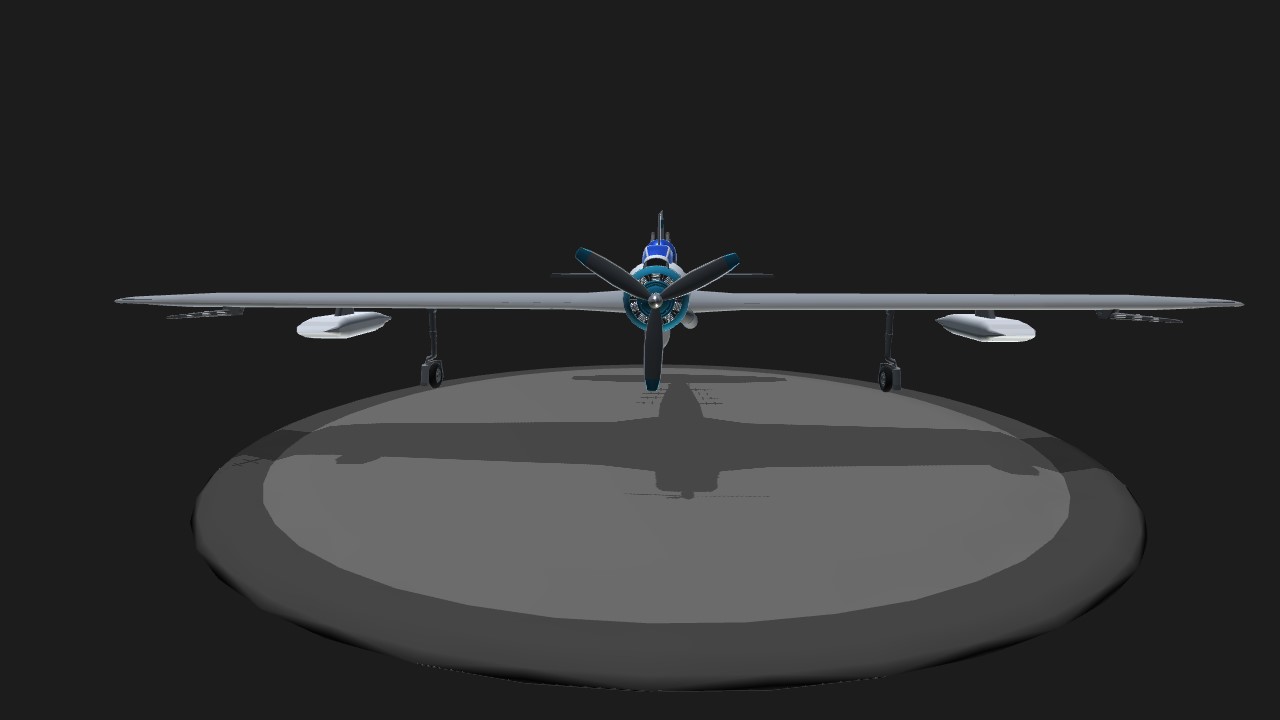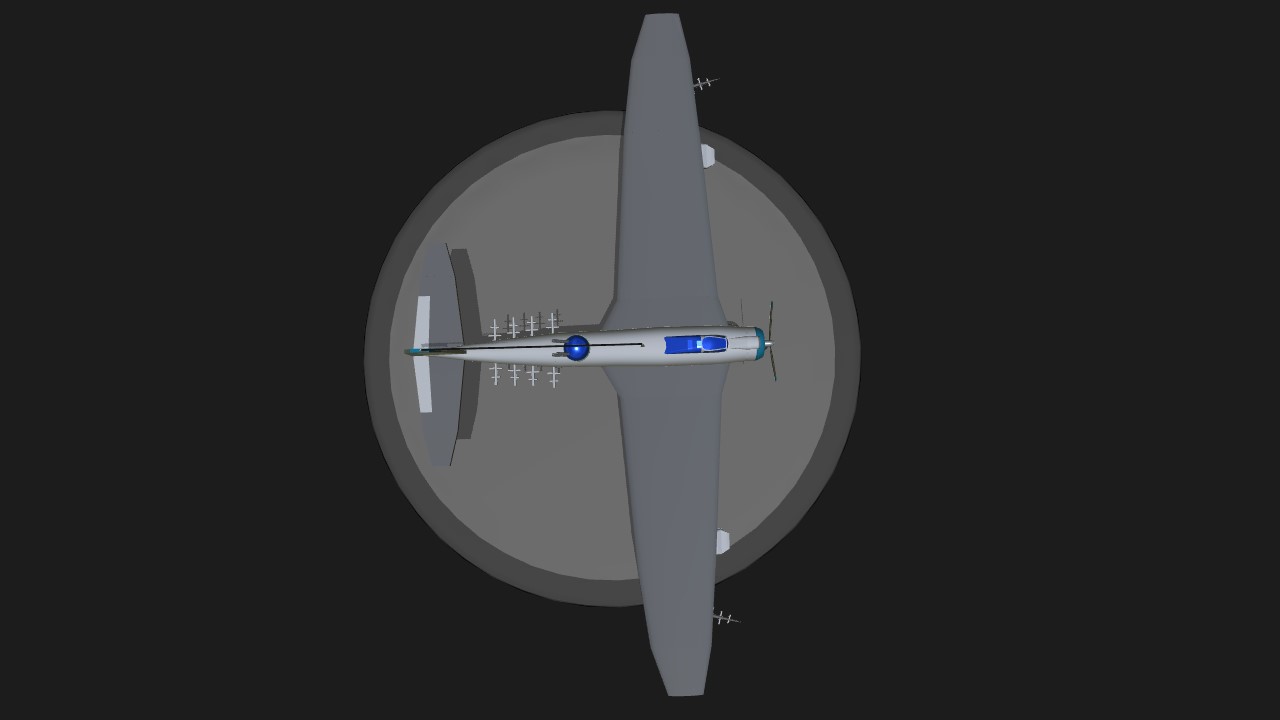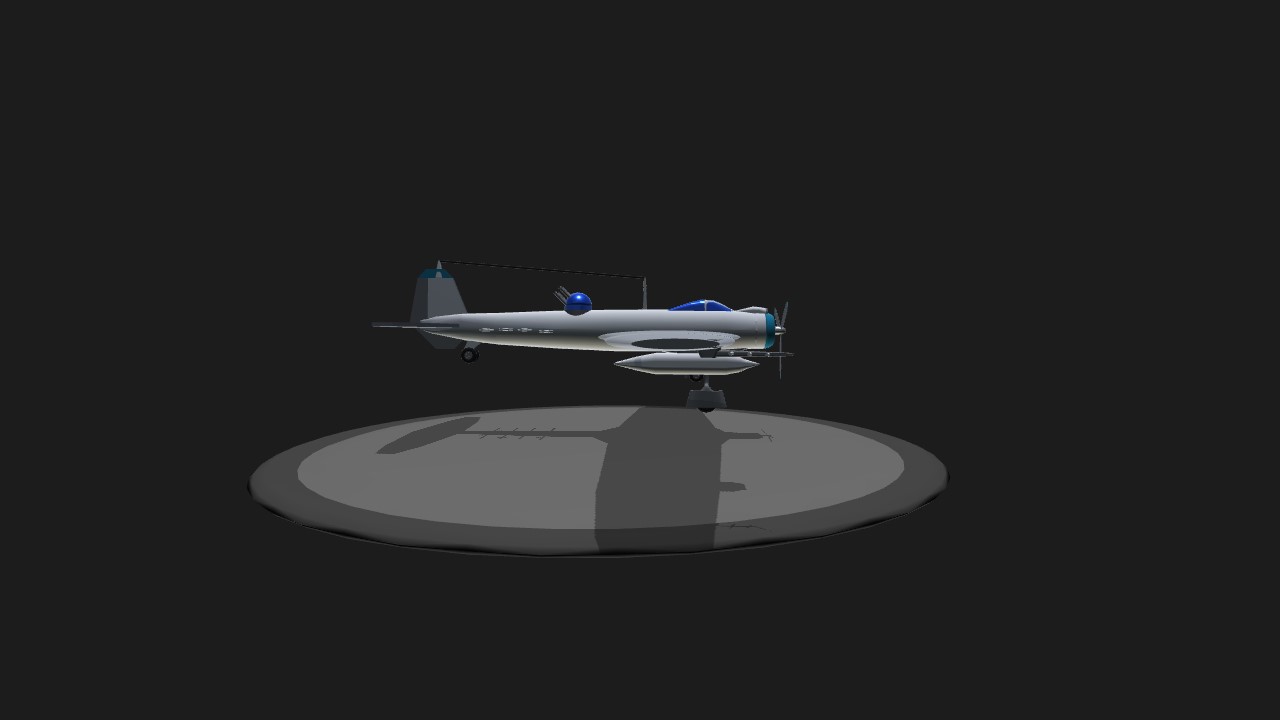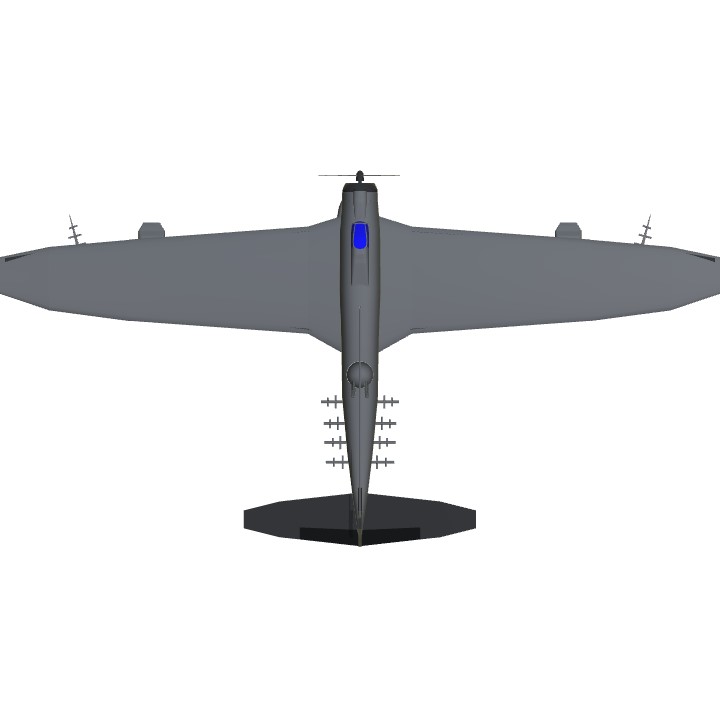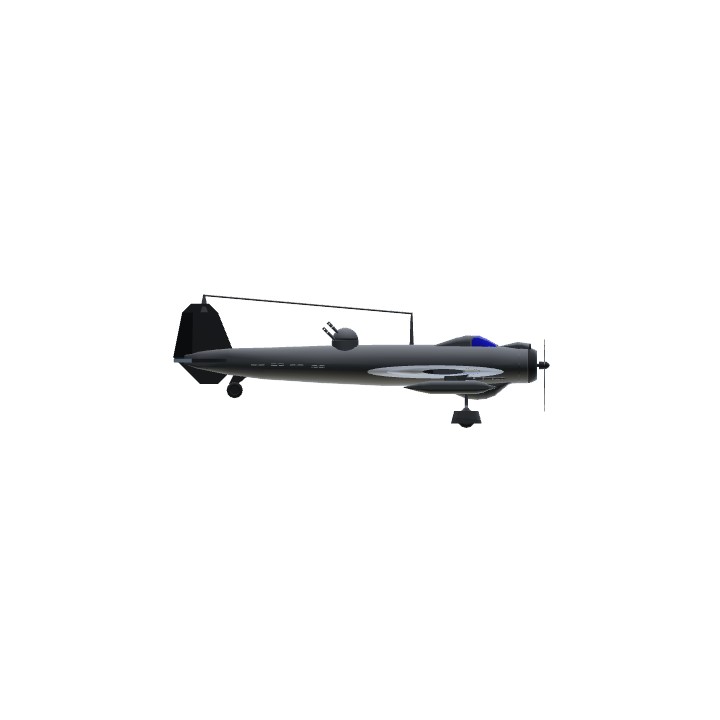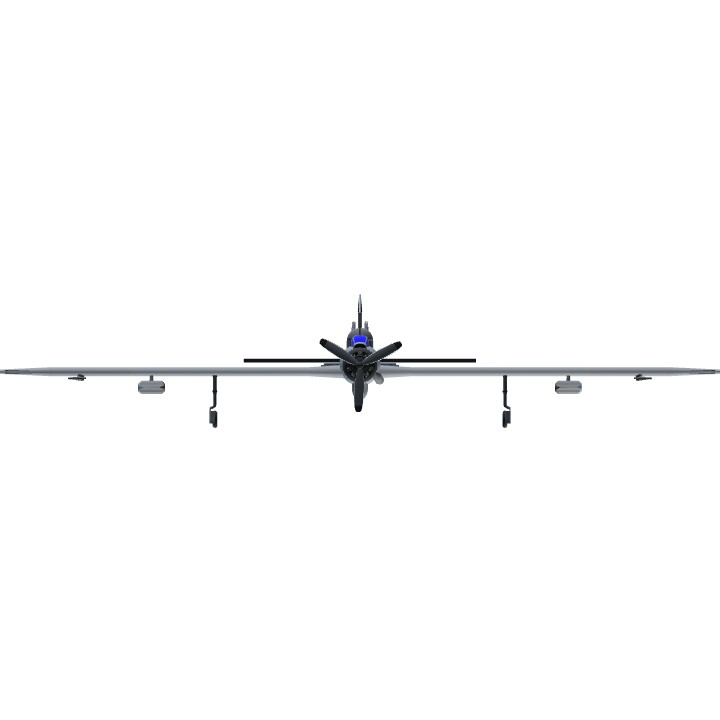The GR Mk. IV featured an ASV Mark III radar with a radome under the fuselage and additional mast antennae on fuselage and wings. The crew rose to three, as an operator for the ASV radar joined pilot and navigator/gunner, was placed behind the pilot.In order to improve survivability the aircraft's defensive armament was considerably improved: instead of a single .303 in (7.7 mm) Vickers K machine gun in the Mk. I's rear cockpit, a powered dorsal turret, equipped with four 0.303 in (7.7 mm) Browning machine guns, was installed. The Brownings were electrically fired and insulated cut-off points in the turret ring prevented the guns firing when they were pointing at the propeller disc or tailplane.The wing-mounted .303 in (7.7 mm) Vickers machine gun was retained, as well as the capability to carry up to 2,000 lb (907 kg) of bomb ordnance in underwing panniers. These were modified to carry up to four 450 lb (200 kg) Mark VII depth charges and an array of flash bombs for night missions, as the GR Mk. IV could not carry a Leigh Light.
Specifications
General Characteristics
- Predecessor CANT Z.1007 Alcione
- Created On iOS
- Wingspan 66.1ft (20.2m)
- Length 34.0ft (10.4m)
- Height 12.1ft (3.7m)
- Empty Weight 8,562lbs (3,883kg)
- Loaded Weight 17,399lbs (7,892kg)
Performance
- Horse Power/Weight Ratio 0.114
- Wing Loading 32.4lbs/ft2 (158.3kg/m2)
- Wing Area 536.5ft2 (49.8m2)
- Drag Points 6277
Parts
- Number of Parts 155
- Control Surfaces 5
- Performance Cost 528

